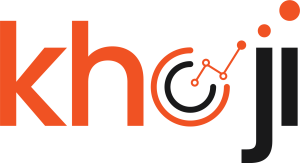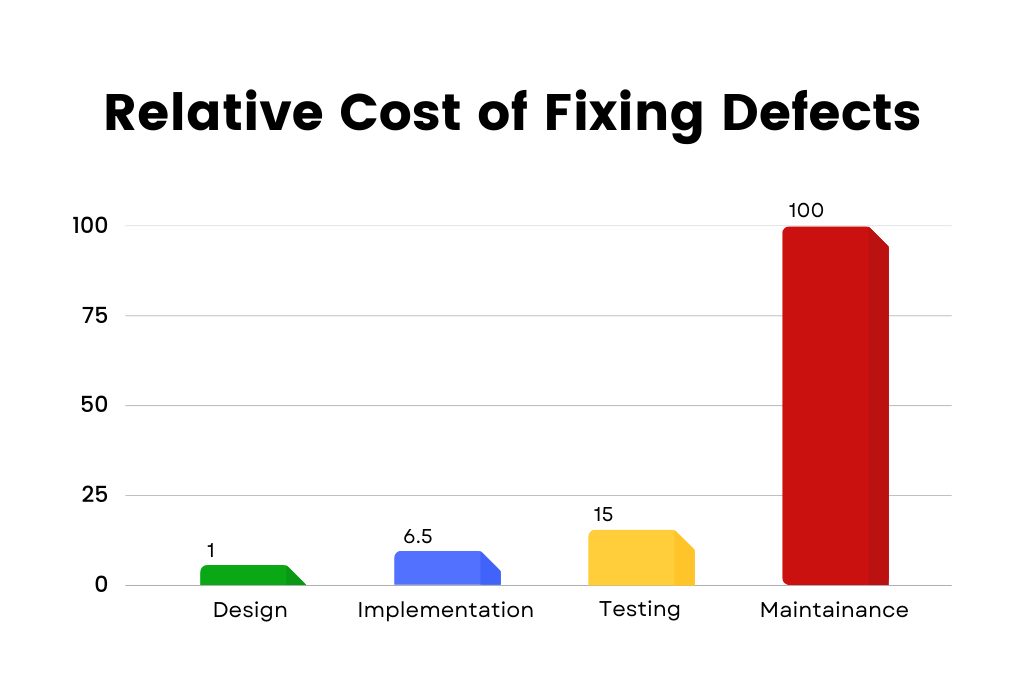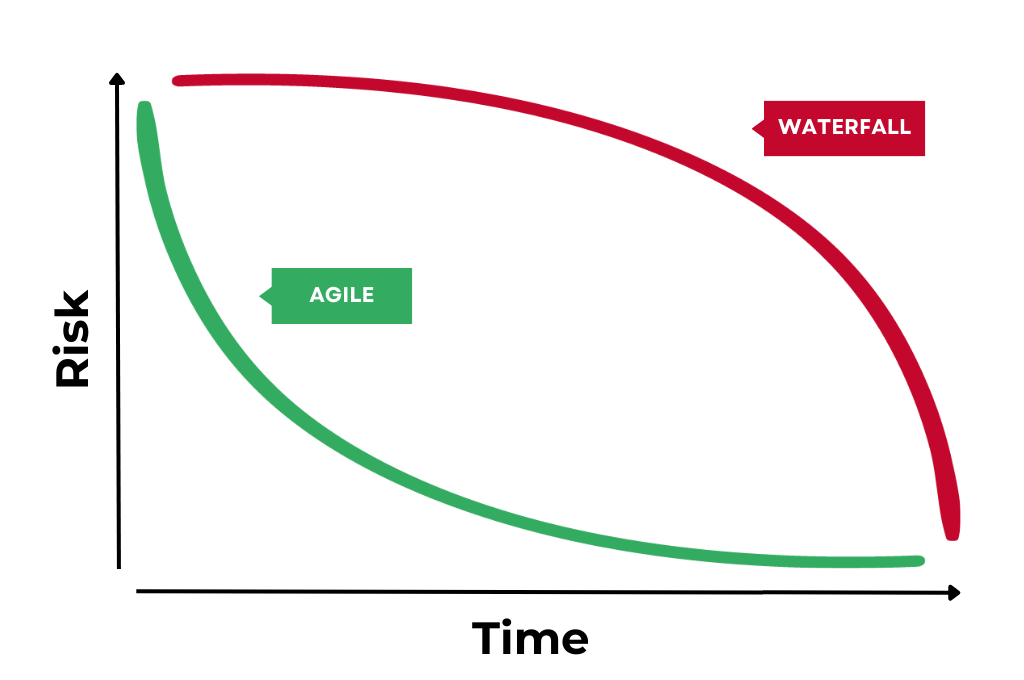The more we know about our processes and output, and the quality and value of what we are producing, the more we reduce project risk. Agile transparency enables us to react quickly. The more information we have, the quicker and more informed our response will be to changing circumstances.
Reducing the risk of technical debt
One concrete example of how transparency reduces project risk is its impact on technical debt. Technical debt can be a significant burden on projects, consuming valuable time and resources when defects are not caught early. Studies have shown that the cost of fixing defects increases exponentially as software progresses through the development lifecycle. In one “study by IBM“, it was found that:
The cost of fixing defects during maintenance is 100 times higher than during the design phase and five times higher than during testing.
Agile transparency plays a vital role in identifying technical debt promptly. By making the quality of the project transparent, teams can allocate resources to address and manage maintenance work effectively. By avoiding the temptation to neglect existing code in favor of progress, teams strike a balance between quality and productivity.
Finding the balance between quality and progress
One common concern among teams is finding the right balance between maintaining quality and advancing new work without compromising productivity and value delivery. However, Agile transparency offers a solution by providing a framework for achieving this equilibrium. By transparently defining quality expectations through tools like the “Definition of Done,” teams can prioritize quality while still making progress. Regular inspections and discussions further enhance transparency, empowering teams to make informed decisions based on data and ensuring that both quality and progress are effectively managed.
To illustrate this concept, let’s imagine a project’s codebase as a garden. Initially, the focus is on planting new plants and expanding the garden rapidly. However, without consistent maintenance, the garden soon becomes overrun with weeds, suffocating the previously planted plants. Similarly, without clear visibility into the required maintenance work, projects accumulate technical debt, resulting in codebases that are difficult to manage and leading to systemic issues. By fostering transparency regarding the project’s quality, teams can allocate the necessary time and resources to maintain and enhance the existing code. Contrary to concerns, prioritizing quality in this way does not impede productivity or value delivery. Instead, it enhances them by preventing the accumulation of technical debt, ultimately leading to more efficient and valuable outcomes.
Unpacking the time/risk graph: Waterfall vs. Agile transparency
To understand how Agile transparency influences the mitigation of risks, let’s compare the risk profiles of Agile and Waterfall methodologies.
In the Waterfall method, the visibility into the project’s progress and value is limited until the completion of each phase. It is only during the requirements phase, which occurs relatively late in the project, that the broader team gains insight into the work accomplished. However, this visibility does not guarantee value or quality, thereby keeping the risk level high until the testing phase. On the other hand, Agile projects provide early and continuous visibility into the functioning software. After the initial sprint, there is potential shippable software that can be scrutinized for quality, security, and value. This early visibility and evaluation significantly decrease the associated risks.
The transparency fostered by Agile empowers teams to deliver functionality incrementally, with each sprint delivering tangible value. By the time a Waterfall project reaches its testing phase, an Agile project has already completed multiple sprints. This demonstrates that Agile projects not only mitigate risks earlier but also prioritize the most valuable functionality, thereby maximizing the delivered value.
Final Thoughts:
In conclusion, Agile transparency is a powerful tool for reducing project risks. By embracing transparency and promoting an environment of open communication, organizations can ensure better project outcomes, increased efficiency, and improved customer satisfaction. Transparency empowers teams to make well-informed decisions, address technical debt, and find the right balance between quality and progress. Ultimately, it leads to more successful software projects and greater organizational success.



